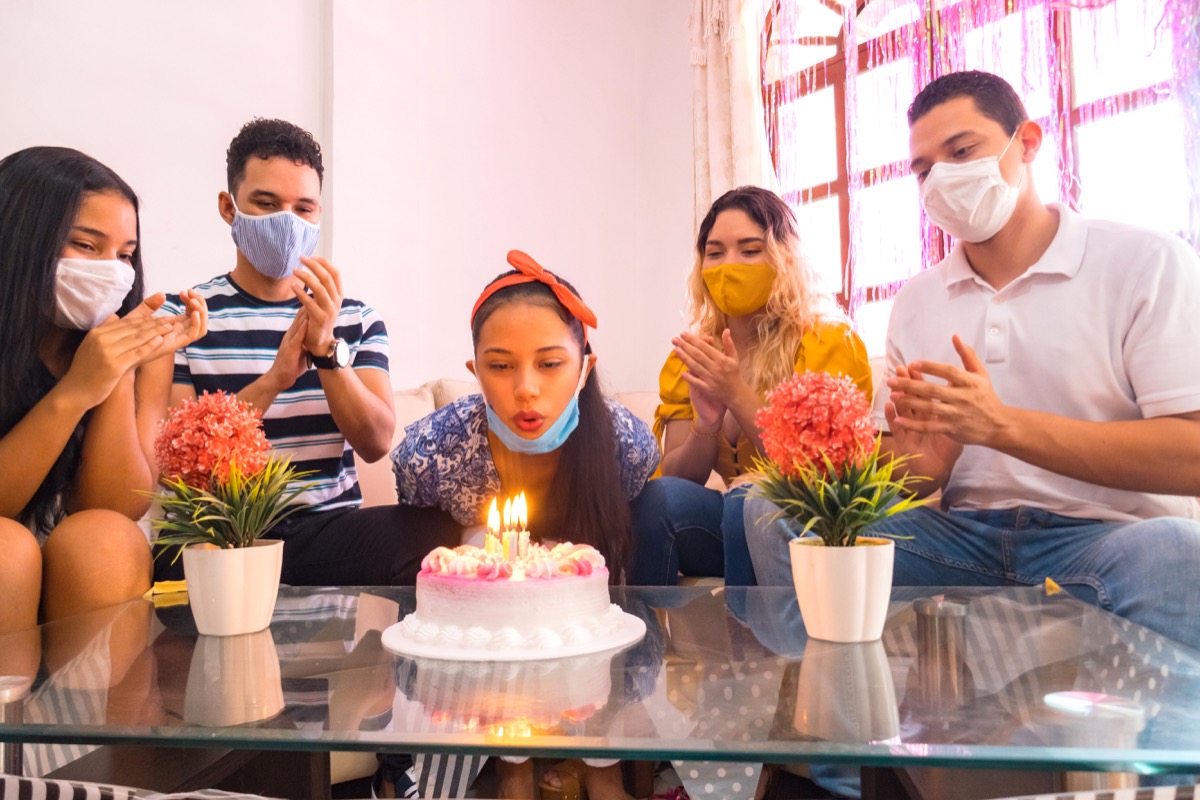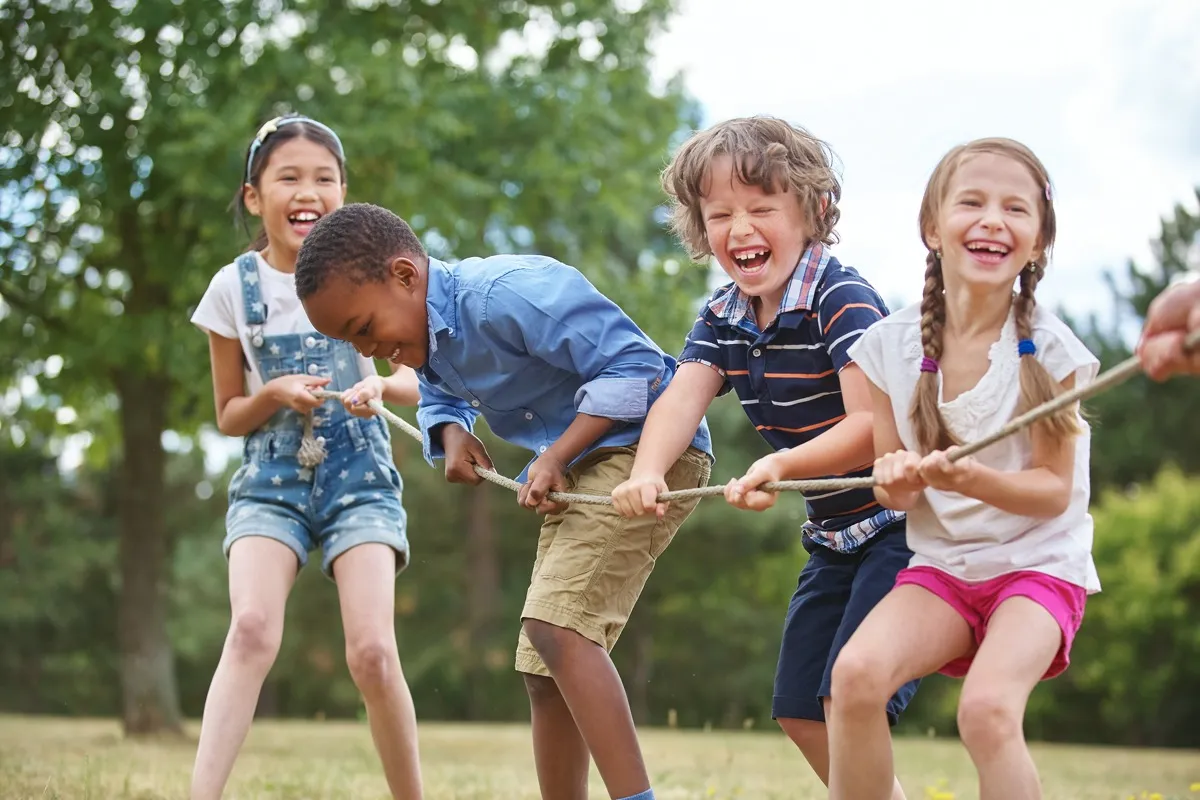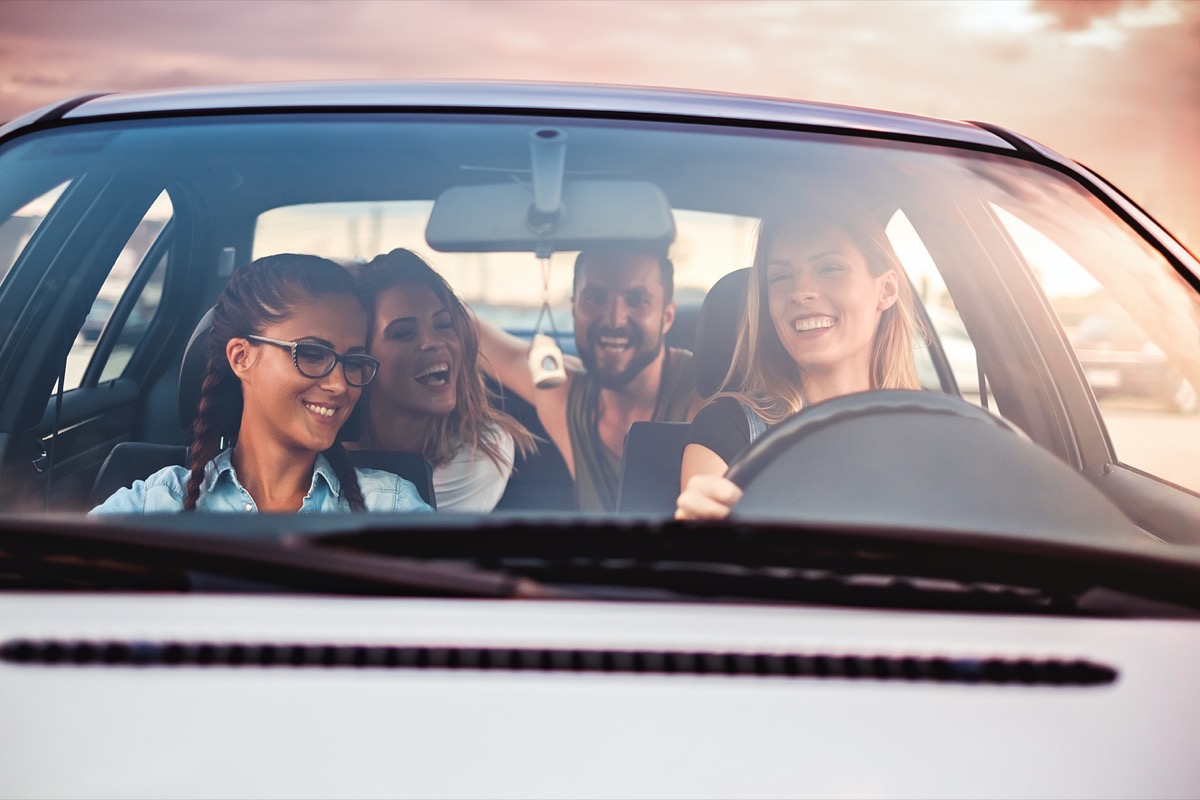Today, experts are finding that everyday social events are proving to be some of the most fertile grounds for spreading the novel coronavirus. “Earlier in the outbreak, much of the growth in new daily cases was being driven by focal outbreaks—long-term care facilities, things of that nature,” Nirav Shah, MD, director of the Center for Disease Control and Prevention in Maine, told The Washington Post. “Now, the kitchen table is a place of risk.” So where should you be keeping your guard up? Read on to find out the four places you’re most at risk for COVID, and for more on how to keep yourself safe, check out If Your Face Mask Has One of These, Stop Using It Immediately. Read the original article on Best Life. Experts have ramped up warnings that colder weather moving get-togethers indoors makes even small groups exponentially more dangerous, especially as Thanksgiving approaches and relatives may be traveling to attend. They warn that even though you may know everyone in attendance, you don’t know everyone they’ve been in contact with, making any house party of friends or family a potential disaster.ae0fcc31ae342fd3a1346ebb1f342fcb “What worries me are the holiday festivities ahead of us,” Leo Nissola, MD, wrote in an earlier article for Best Life. “People will inevitably gather indoors, socialize with groups of people, and, unfortunately, fail to practice safety measures like physically distancing and wearing masks. With the virus running unopposed, these next three months are going to be a real challenge. Attending indoor gatherings is just simply a bad idea.” And for more on what’s causing numbers to spike, Here’s Who Will Cause a COVID Surge This Month, Experts Say. Socializing in public has become harder since officials began limiting the number of people allowed indoors or within a single party. But as many people have moved their social gatherings from their favorite restaurants or bars to their homes, experts have noticed a sharp uptick in small get-togethers creating localized outbreaks. This is especially true of eating over someone’s house indoors, which makes wearing a mask impossible. Plus, with pandemic fatigue making many people less likely to stick to basic precautions like liming the number of friends they choose to visit, it’s a recipe for disaster. “We’ve all gotten used to our bubbles, but I don’t think we’ve really asked whether someone who’s in our bubble is also in another person’s bubble,” Shah told The Post. “People’s bubbles are getting big enough to burst.” And for more on how you can catch coronavirus without even leaving the house, check out These Are Your Chances of Getting COVID If Someone in Your Home Has It. Public officials have struggled to make schools safe enough for children to attend without putting students, their teachers, or their family members at risk of exposure to COVID. But increasing the amount of time young kids and teenagers spend together outside of school during playdates or sleepovers, where vital safety measures are not monitored or upheld, has led to several notable outbreaks of the disease. This includes a 20-person high school slumber party in Rhode Island earlier this fall that led to five infections and forced hundreds more to go into quarantine, The Post reports. While it may be hard to keep the kids separated from their best friends, consider making it a point to set up a time for them to video conference or play video games online with their schoolmates instead. And for more regular updates on COVID, sign up for our daily newsletter. Carpooling can be a fantastic way to save time if you’re looking to get a group of people to one place on time, and it’s especially beneficial in terms of eco-friendliness. But the U.S. Centers for Disease Control and Prevention (CDC) has previously warned that the airtight close quarters of a car can put you at a higher risk of spreading or contracting COVID. This is especially true if the people in your car are coming into more close contact with others than they can count, with youth sports teams creating a whole level of exposure potential, for example. “If your son or daughter is playing on a town soccer team and a travel soccer team, plus lacrosse, and is also on an ice hockey team, they’re exposed and in close proximity to dozens of other kids,” Timothy McDonald, public health director in the Boston suburb of Needham, told The Post. “Instead of counting the contacts on single digits, it’s now getting to two or three dozen in some cases. And those are only people who are defined as close contacts.” And for more on public venues you shouldn’t be visiting right now, check out These Are the 6 Worst Places You’re Going Right Now, New Study Says.



